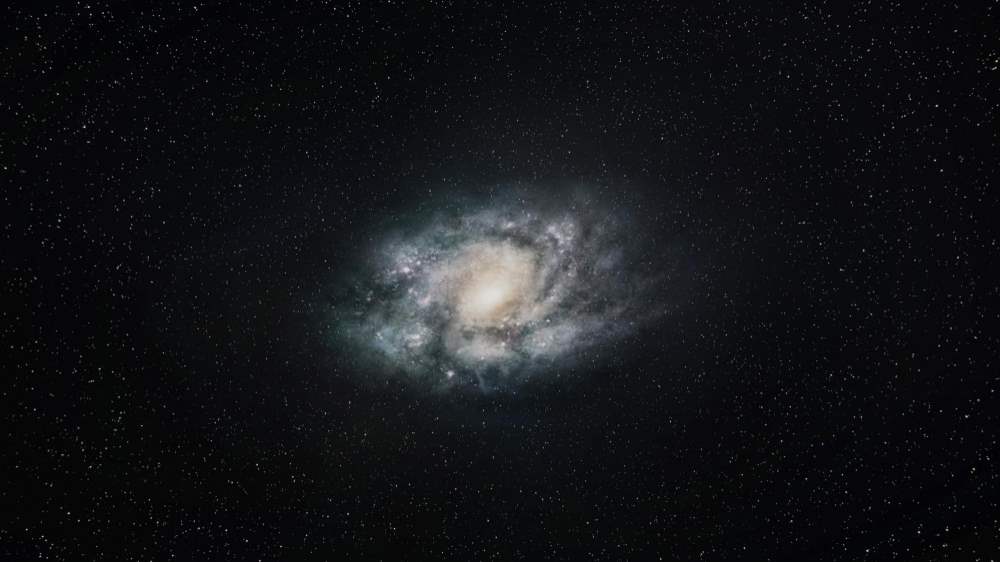Dark matter was first proposed in the nineteenth century. It was Lord Kelvin who originally proposed the possibility that most stars are "black bodies." The theory was put out decades later by Swiss scientist Fritz Zwicky and Dutch astronomer Jacobus Kapteyn, who saw that galaxies lacked observable mass to explain their gravitational pull.
Scientists are led to the existence of dark matter by the gravitational force that indicates its presence. Despite gravity's relative weakness, the universe's abundance of dark matter allows it to combine to accomplish some amazing things, like propel galaxy formation.
Theoretically, dark matter is even more energetic than visible stuff. Randall emphasizes its importance in the energy balance of the universe by saying that it has "five times the quantity of energy as the matter."
As far as scientists are aware, dark matter does not interact with light way ordinary matter does. We cannot see it because of this. It does not reflect, absorb, or release any light. It is essentially different because, in Randall's words, "it interacts gravitationally... yet it does not feel electromagnetic."
It is believed that a roughly spherical halo of dark matter surrounds galaxies. The European Organization for Nuclear Research (CERN) states that this is expected as galaxies are revolving so quickly that they would have been destroyed long ago in the absence of dark matter. Why? because it cannot be held together by the gravity of the "ordinary substance." It also clarifies the disc-like form of galaxies like the Milky Way.
Scientists know roughly what it is made of, even if we do not know for sure. "Most of the normal matter in the universe is drawn to a massive, web-like structure called dark matter, according to NASA. This structure is thought to exist as a gravitational scaffold."
